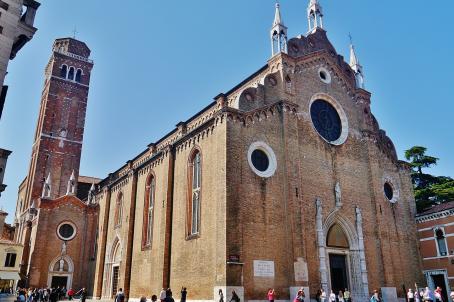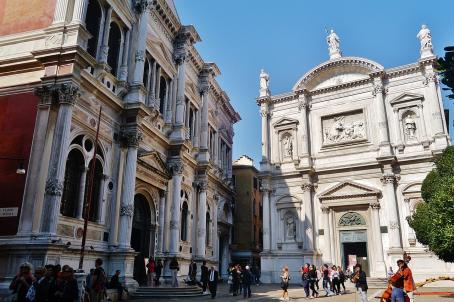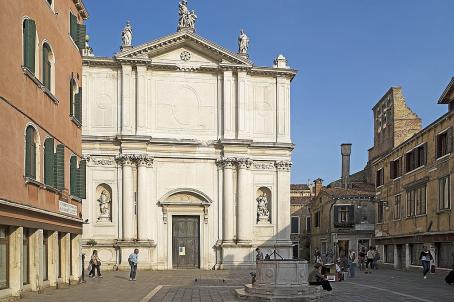Scuola Levantina in Venice

The Scuola Levantina in Venice was built between 1538 and 1561, with some parts dating from 1680. This Mannerist stone building still serves as a synagogue.
About this building
For more information visit on this building visit http://historicsynagogueseurope.org/browser.php?mode=set&id=9443





